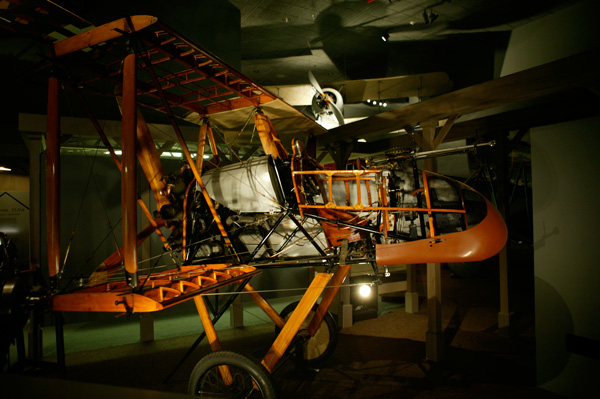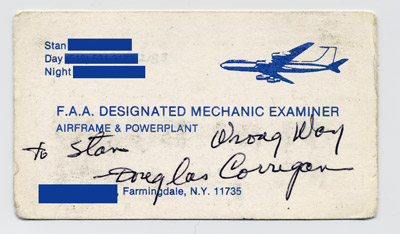While in Washington, I visited the National Air and Space Museum. It is like some kind of Lovecraftian Costco warehouse filled with a mix of priceless artifacts encased in layers of plexiglas and cheezy recreations, carnival-like educational attractions, and disguasting food courts and kiosks.
Overhead, like beached whales or a giant boy’s toy models, hang famous air and space ships. They have just about everything you could think of – Spirit of St. Louis, Space Ship One, a Brietling Orbiter, even the original Wright Flyer. They all look lifeless and sad, especially the spacecraft.
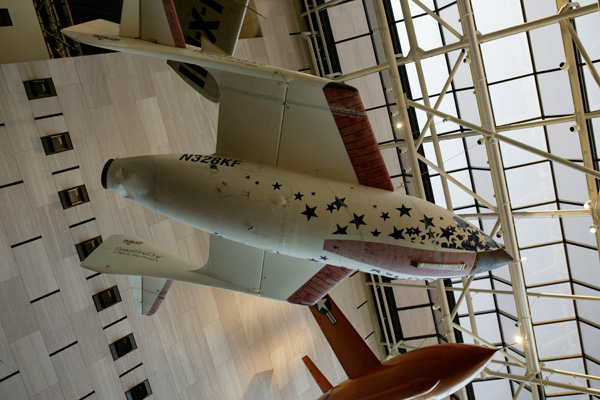
I was a bit overwhelmed by the craft collection, but it’s the little things that I enjoyed seeing the most. They have, side by side, Nestler sliderules that used to belong to former z/k Korolev and former Sturmbannfuhrer Von Braun. Missing is the Nestler that used to belong to Albert Einstein. I also wonder who now owns the two two-copek coins that were Korolev’s lucky charm. I also wonder if Von Braun used to have a lucky charm.
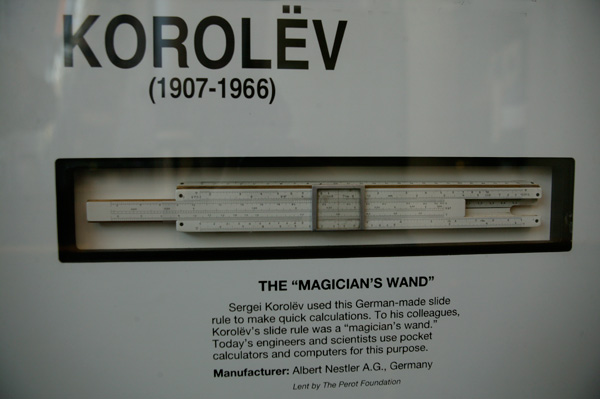
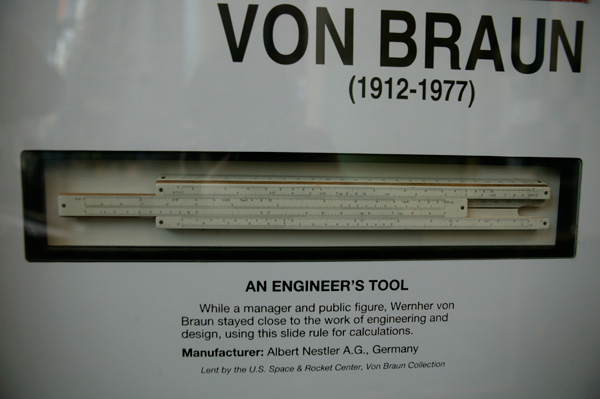
The only remaining piece of the original Sputnik – an arming device that was removed prior to launch, an equivalent of little strips of paper you sometimes find in remote controls and other battery-powered gadgets.
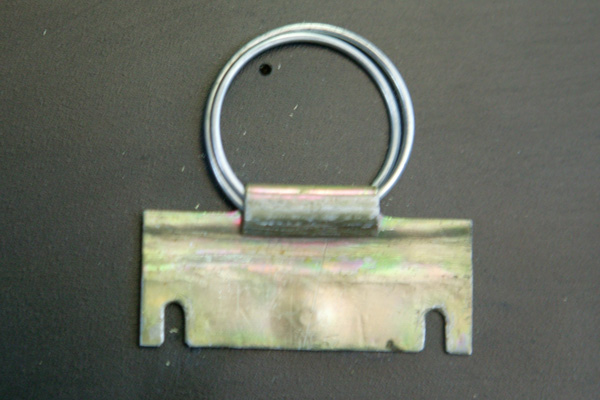
It was interesting to notice how many aircraft were put together using slotted instead of philips screws, like these huge ones on the Soviet ICBM.
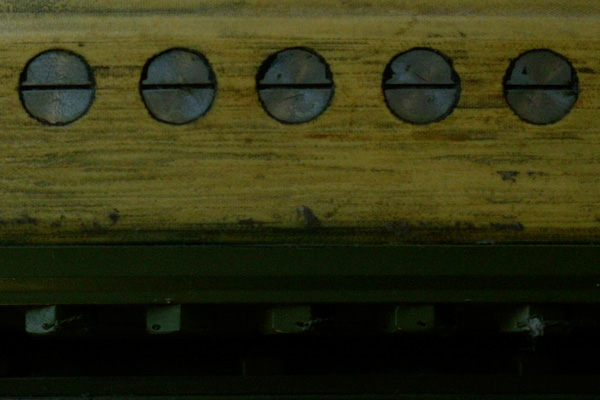
I don’t know why, but I stood for a good while admiring the hypnotic twists of a handmade screwdriver that used to belong to Charlie Taylor, Wright’s mechanic.
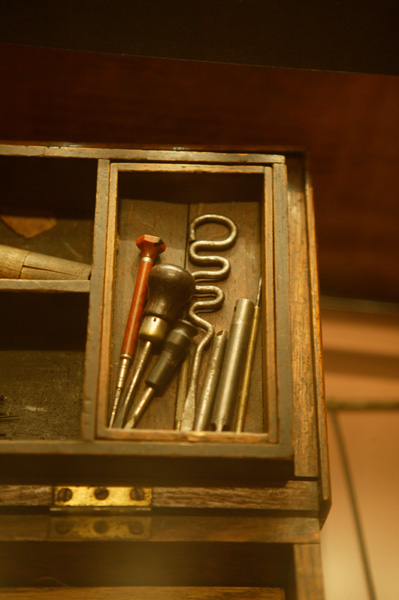
Soviet space kitch collection is vast: from magnetic Mir-flown chess (something of a 70s vintage space look to them)
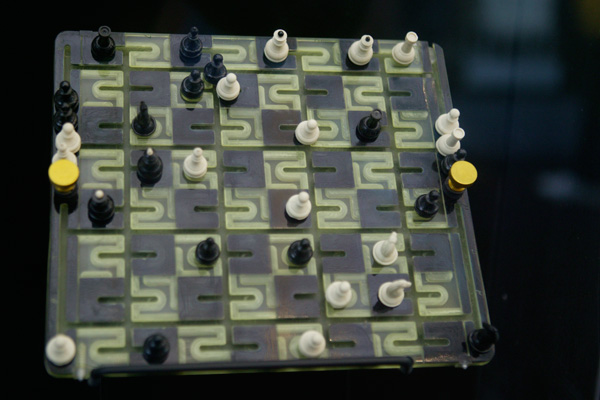
to all kinds of space crappers (a low-tec suction bulb is probably safer where your privates and vaccuum are involved).
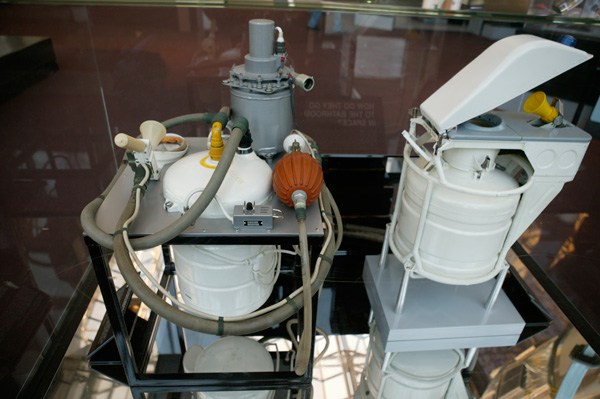
The nose cone from the Spirit of St. Louis is signed on the inside, but you have to cram yourself into an uncomfortable niche to see the swastika and signatures of well-wishers, including Wrong Way Corrigan. Apparently early aviators frequently used not yet befouled by Nazis swastikas as good luck charms.
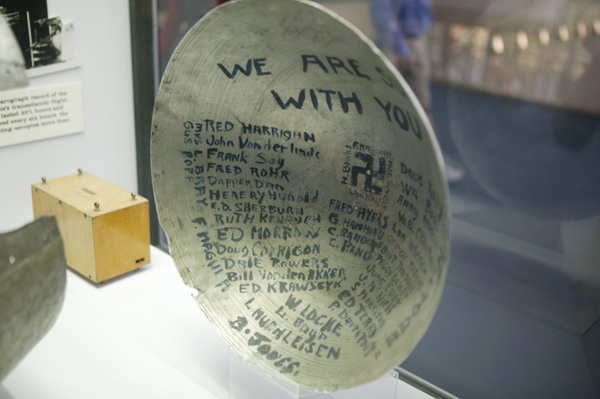
One of the last things I saw, a crazy looking British pusher airplane had such an amazing Star Wars look that I maybe even gasped a little.
